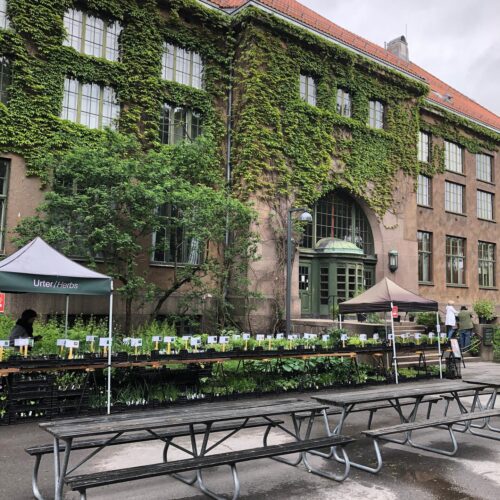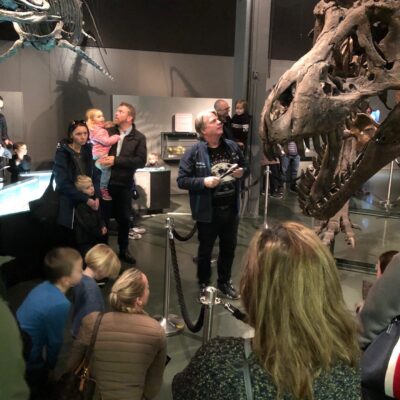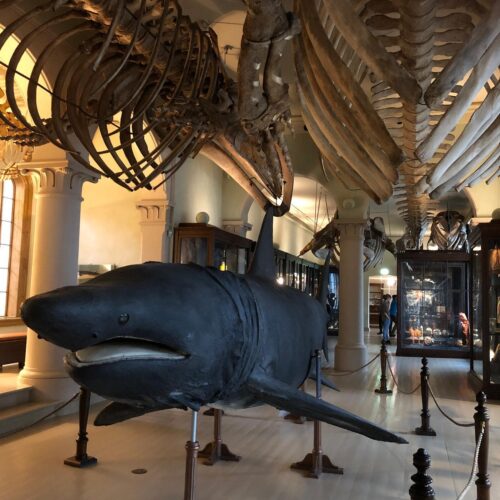Botanisk Hage
On the other side of the city, on the north-east is one of Oslo’s most beautiful parks, the University Botanical Garden or Botanisk Hage and right in its midst the two museums, the Geological and the Zoological Museum that together with the Botanical Gardens form the premises of the Natural History Museum. Norway’s oldest Botanical Garden was established in 1814 after King Frederik VI of Denmark gifted the property to the University of Christiania and is still under its supervision.
The garden originally covered 75,000 square meters, but has since doubled in size, containing a collection of about 35.000 plants of about 7.500 unique species. Through research, education and plant conservation, the garden seeks to increase public awareness of the importance of plant diversity.
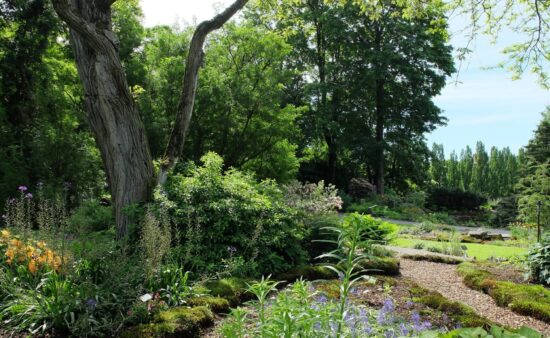

Some of its highlights are the Viking Garden where plants, rocks and animals that were used during the Viking Age are displayed in a 33 m long ship-shaped time machine made in cornet steel, the Willow Sculptures, the Green Houses, especially the Victoria House that was specially constructed for the giant waterlily of the Amazons, the Great-granny’s Garden where plants are preserved in a living archive that is especially designed to help people suffering from dementia..the aromatic Scented garden designed for the visually impaired..want more?
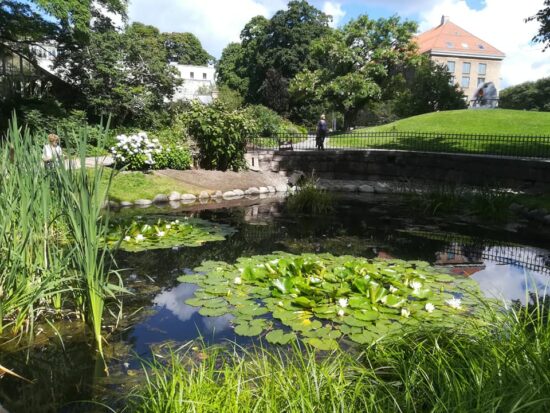
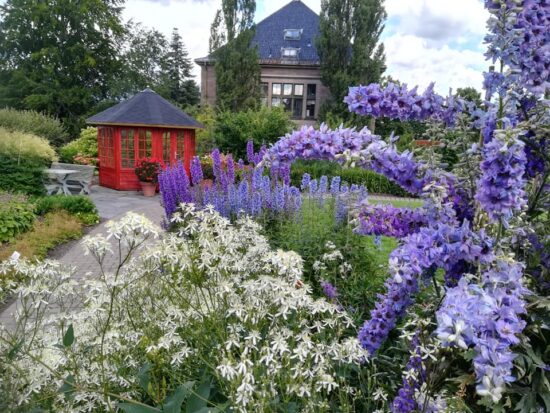
The Natural History Museum is Norway’s most comprehensive natural history collection. For almost 200 years, preserved plant specimens, animal specimens, rocks, minerals and fossils have been collected, studied and preserved here.A selection of specimens are on display for the general public, in the Geological Museum and the Zoological Museum where animals from all over the world are displayed. The highlight of the museum is of course the big T-Rex skeleton and the wide range of rock sample including meteorites. More
